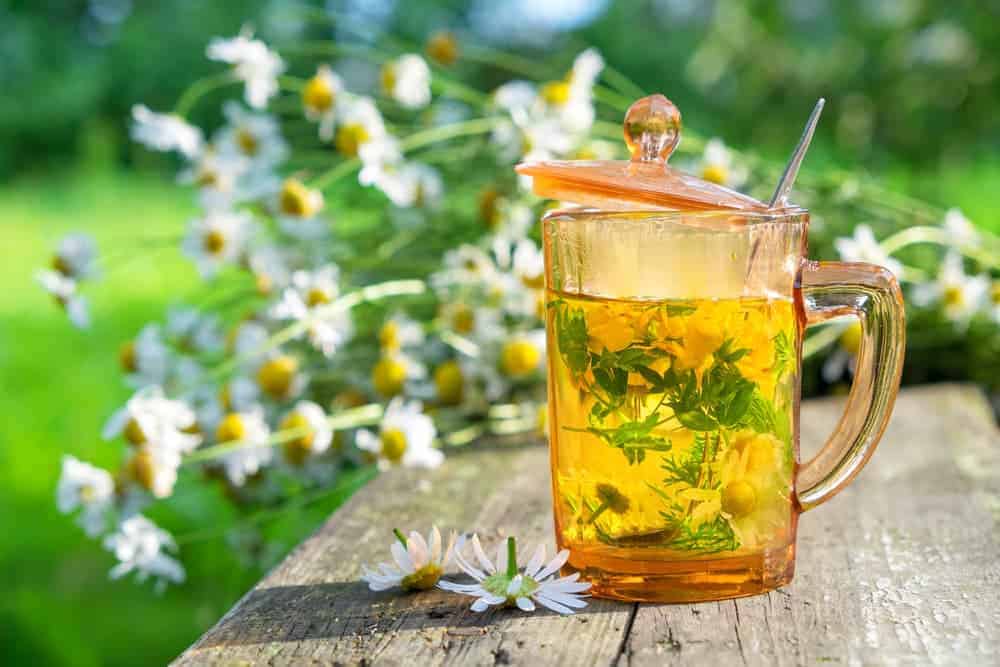I like having a herb garden at home. But I especially love harvesting fresh herbs that I can use for cooking and relieving minor ailments. If you’re keen about medicinal herbs and their uses, then read on! This list might inspire you to start a botanical garden and create medicines from plants.
Medicinal herbs and healing plants are useful in alleviating various symptoms, from mild headaches to tummy troubles, even during ancient times. Using them as cures nowadays may be a little time-consuming, considering that you can always see a doctor when needed. But for gardening enthusiasts, it’s extra rewarding to care for plants that can also provide lots of health benefits! Here are some herbal medicines you can grow in your healing garden.
1. Rosemary: The Brain Booster
Rosemary may be one of the popular herbs in the world. But, aside from its use in the kitchen, rosemary is also a medicinal plant with anti-bacterial and anti-inflammatory properties. Moreover, it can calm anxiety, support mental health and enhance brain performance.
How to use
- To improve your mood. Put a few fresh sprigs in a pot of water then allow to boil for a few minutes. Enjoy a cup of rosemary-infused water before starting your day.
- To enhance memory. Make fresh bundles of rosemary and hang them around your home.
- To treat oily hair. Add a tablespoon of lemon juice to your rosemary tea then let it steep for 10 minutes. When completely cooled, use it as a rinse after shampooing your hair.
2. Peppermint: The Muscle Relaxant
Peppermint is a cross between water mint and spearmint. Its menthol component makes it a great addition to candies and beverages. It is also one of the oldest medicinal herbs used for upset stomachs and muscle pains.
How to use
- To relieve indigestion or diarrhea. Add about two tablespoons of chopped fresh mint leaves (or 1 tbsp of dried leaves) to a cup of hot water. Let it steep for a few minutes or until the water turns yellow. Drinking up to 3 cups of peppermint tea should help relieve spasms.
3. Lemon Balm: The Pain Reliever
This tasty herb is part of the mint family. Herbalists and bees alike love this refreshing herb for its lemon-like scent. Lemon balm is also among the go-to medicinal herbs for all sorts of minor body pains.
How to use
- To soothe stomach or period cramps. Add about five fresh leaves (or 1 to 2 tsp of dried herb) to a cup of boiling water. Let it steep for a few minutes before enjoying it as hot or iced tea.
- To reduce fever. Drinking hot lemon balm tea can induce sweating and help bring down your fever. This herbal tea also works for treating colds.
- To elevate your mood. Crush a few lemon balm leaves in your hand then rub it against your wrist or the side of your ears.
4. Thyme: The Suppressant
Here’s another medicinal plant from the mint family that has always been in your bouquet garni. Aside from being one of our favourite culinary herbs, thyme leaves have antimicrobial properties and health benefits. Like apples, drinking thyme tea several times a day can keep the doctor away!
How to use
- To suppress coughs, sore throat and common colds. Add a tablespoon of fresh leaves to a cup of boiling water and steep for about 10 minutes. Enjoy a few cups of this Vitamin C-rich tea to relieve cold symptoms.
- To repel pests and insects. Thymol is a component of thyme used in making pesticides. At home, you can rub thyme leaves to your skin to release the oil and drive mosquitoes away. You can also mix a few drops of thyme oil to a teaspoon of olive oil to make a homemade repellent.
5. Basil: The Nourishing Herb
Gardeners love basil as it is a relatively easy herb to grow and maintain. Moreover, it’s excellent not only for your pizzas and pasta but also for your body! Basil is pack full of vitamins and minerals, including vitamins A and K, magnesium, manganese and potassium.
How to use
- To support gastrointestinal health. Use basil leaves to make pesto or toss them in salads to get a good source of dietary fibre and avoid digestive issues.
- To relieve mosquito bites. Crush a few basil leaves in your hand then rub them against your skin. The antiseptic and antibacterial properties of basil should help relieve itching.
6. Chamomile: The Mild Sedative
Chamomile provides a calming effect, making it ideal for cosmetic and medicinal uses. Drying chamomile flowers brings out their healing properties. They look like daisies and can easily double as your outdoor décor.
How to use
- To aid sleep or indigestion. Gather blooms to dry then add a few to boiling water. Strain the herbal tea and sip it before going to bed. You can add honey or ginger to it if you prefer.
- To soothe puffy eyes. Alternatively, you can make chamomile tea by placing the dried flowers in mini pouches for steeping. After cooling the tea bags completely, you can place them on your eyes to reduce swelling or get rid of dark circles.
- To cure various skin conditions. Add dried chamomile flowers to homemade soap or salve. It’s a cure-all for sunburns, eczema, chapped lips and scrapes!
Ready to plant some herbs but don’t have enough space? The upside-down and vertical pallet gardening techniques should let you grow some in your tiny home or apartment!


